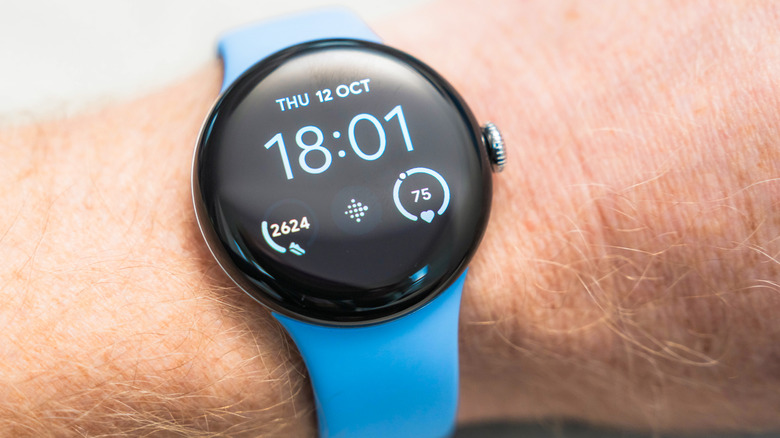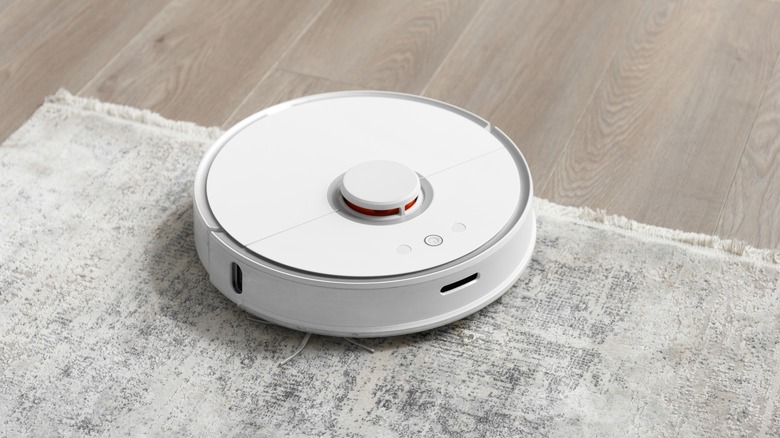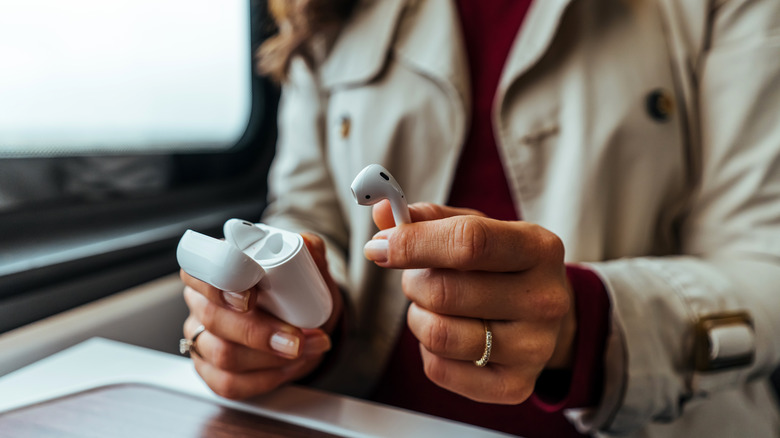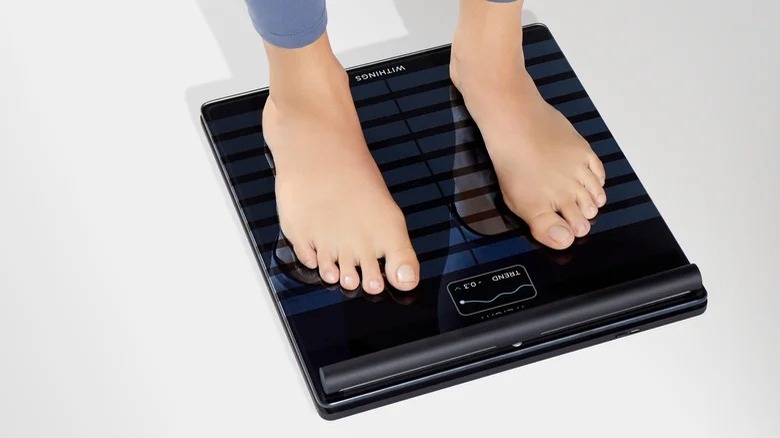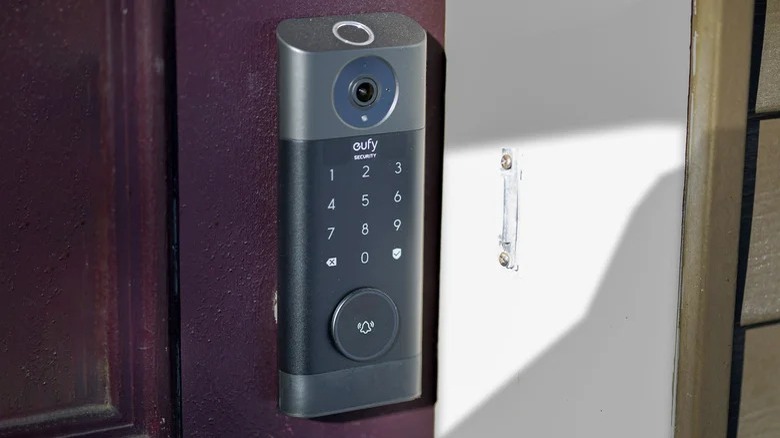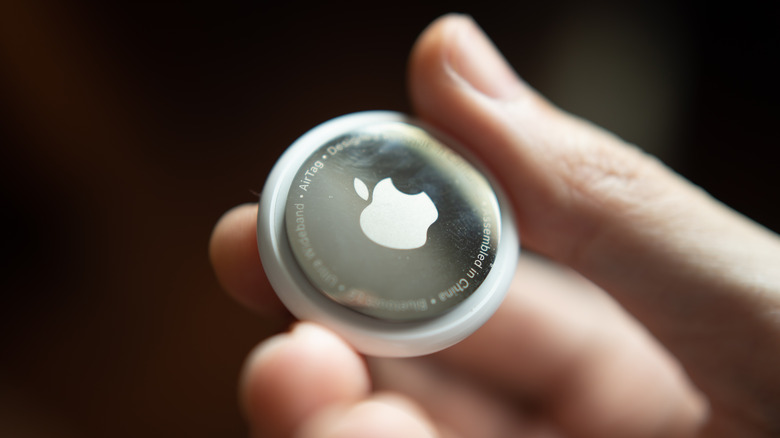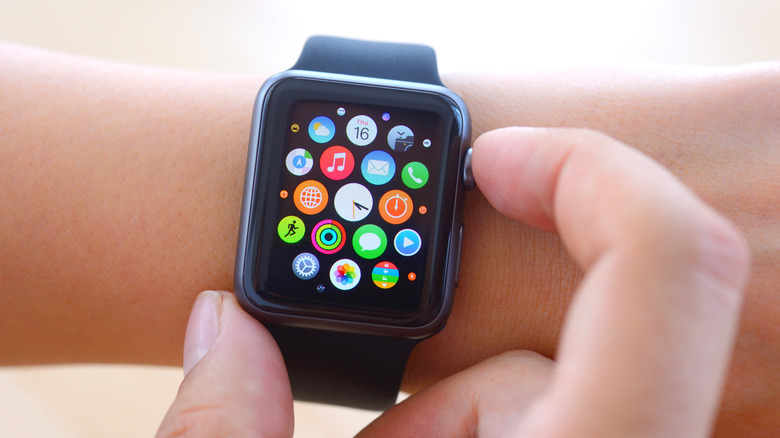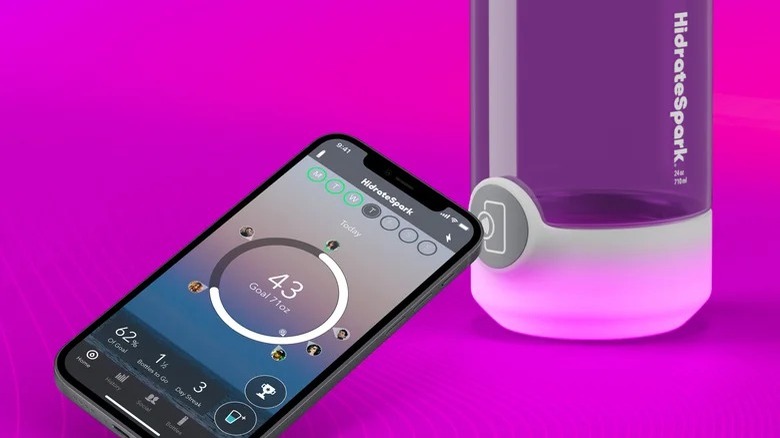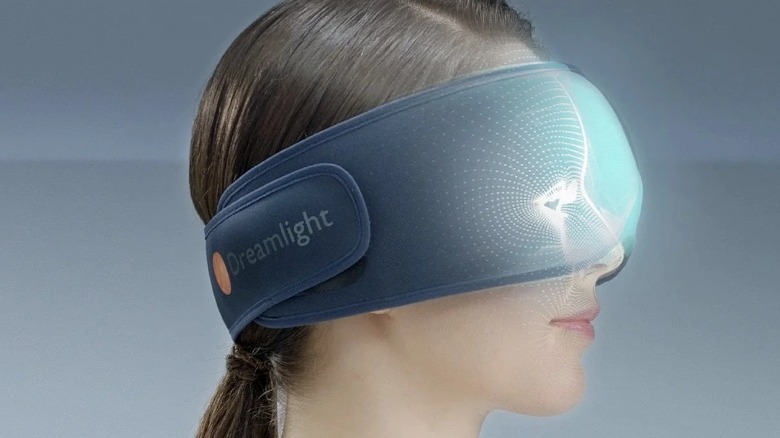10 Tech Gadgets To Make Your Life Easier In 2024
The modern world is dominated by gadgets of all kinds. We walk around with tiny computers in our pockets that can do everything from making phone calls and taking photographs to accessing the internet and playing high-end video games. Meanwhile, our homes and workspaces are filled with smart devices and electronics that would baffle or amaze anyone from just a few decades ago, despite being a normal part of our everyday lives.
Many of these tech gadgets are designed specifically to make your life easier. Some aim to reduce the amount of time you spend on a task, while others make jobs more efficient and convenient than ever before. Tech companies are constantly looking to improve the lives of their customers, developing gadgets that are ever more advanced and able to simplify everything we do.
Of course, the sheer number of gadgets available means it can be difficult to make a decision about what type of tech is best for you. That's where we are hoping we can help you by highlighting the very best appliances, devices, and products on the market, without overwhelming you with too many choices.
Robot vacuum cleaners
Out of all the household chores that have to be done during the day, vacuuming is easily among the most tedious. Yet it is something you have to make sure gets done if you want a clean house. Thankfully, there are a number of options for those who don't want to have to push around a vacuum cleaner every day. The most obvious is the Roomba, an iRobot product that popularized the automatic robot vacuum cleaner and made it a household word.
The Roomba undoubtedly helped to put robot vacuum cleaners on the map, but they were also expensive gadgets when they were first unveiled. This made them the type of product that only the well-off could afford. That's no longer the case, and in recent years, robotic vacuums have become cheaper and far more advanced. At their core, robot vacuum cleaners are essentially devices that move around your home and automatically pick up dust or dirt. However, they are now capable of extra functions, like mopping, and will not only return back to their docking station to charge but will also empty their waste bags.
The Eureka J20 is an example of a robotic vacuum cleaner that can clean the floor and vacuum by utilizing a mopping system that includes a water tank and belt mop. Other products, like the Neabot NoMo N2, can detect different floor types and adjust their suction appropriately, as well as provide cleaning updates directly to your smartphone.
Wireless headphones
Anyone who was listening to music regularly on an iPod or other MP3 player around ten years ago wouldn't have thought that wireless headphones were just around the corner. The very idea of them would have been tantalizing, though, given the tendency for wires to tangle and prevent you from being fully mobile when exercising (or even just walking). In the last few years, technology has progressed to such an extent that the audio quality of wireless headphones is not all that different from their wired brethren, and prices are not as high as they once were.
For those who have yet to invest in a good pair of wireless earbuds, there has never been a better time — especially considering that the headphone jack on most smart devices is disappearing entirely. The only real problem with wireless headphones is the possibly overwhelming range of options available. If you want to avoid some common mistakes that people make, then you should go with a trusted brand such as Apple's AirPods or Google's Pixel Buds. These combine Bluetooth wireless technology with a range of other features, including access to virtual assistants such as Siri and Google Assistant.
The AirPods Pro 2 stand out in a crowded market as one of the best pairs of wireless earbuds. Along with Active Noise Cancellation and excellent audio performance, this gadget has a full frequency range and an extended battery life to keep you listening to music for up to six hours.
Smart scales
Bathroom scales have never exactly been glamorous or high-tech. For many decades, the only real advancement was the fact that newer models were digital and came with an LCD screen that could switch between different units of measurement. Regardless of whether you had a mechanical or digital set of scales, the device did the same basic job of telling you how much you weighed when you stepped on it. As you might expect in the era of the smart home, even bathroom scales have seen upgrades to make them more useful.
No longer are these scales simple weight-measuring products. Now they incorporate all manner of additional measurements and readings to give you a rounded picture of your body metrics and health. This can range from determining your percentage of body fat by sending a tiny electrical signal through your feet to working out your BMI by allowing you to program your weight, age, and height.
The Body Scan device from Withings even goes one step further than that. Using a six-lead ECG, and other biosensors, it can measure the electrical signals in your heart to check for atrial fibrillation — a serious arrhythmic heart activity that could be a precursor to significant health problems. It can also measure nerve activity and sync data with a companion app to allow you to track all of your health data.
Smart locks
Many people will already be aware of video doorbells, thanks to the success of the Amazon-owned Ring brand. These are convenient devices that allow you to see who is at your front door from anywhere with a live video feed that is fed directly to your smartphone and even communicate with them. They have arguably become one of the most popular gadgets of recent times, and there are many different types that you can get your hands on. Some companies have taken the idea further and created more advanced security gadgets that can help protect your home.
A good example of this is smart locks. As you might have guessed from the name, these are digital locks that replace traditional mechanical bolts and latches. Essentially, a smart lock acts as a combination of a video doorbell and a lock that can be operated with biometric sensors, a wireless keycard, or another smart device like your phone. That way, you can be sure that only you are able to access your home and you no longer have to worry about carrying a key with you.
Some models, like the Eufy S330 Video Smart Lock, are easy to install and calibrate, so you won't have to spend a lot of money to fit it to your existing setup. Everything can also be controlled from a user-friendly companion app on your smartphone, and footage can either be streamed directly to other devices or saved locally to an SD card.
Bluetooth trackers
Bluetooth trackers are not a new gadget. In fact, they have been around for more than a decade now, but have only recently become a product that people are generally aware of, thanks to Apple's entry into the market with its AirTags. However, they are far from the only major player when it comes to Bluetooth trackers, with Tile being one of the most established and successful companies that make its own trackers.
Often tiny devices with long battery lives, Bluetooth trackers can stick or be attached to almost any imaginable object. Once you've done that and synced it with your smart device, you can locate said object from practically anywhere in the world. They are incredibly handy, especially for objects that people are likely to misplace such as keys, wallets, and bags. Most of them use Bluetooth for short-range location and utilize an entire network of connected devices for when the tracker is out of range of your own smart device.
AirTag and Tile are undoubtedly the two biggest names in the world of trackers, each offering its own set of benefits — and drawbacks. AirTags, for instance, only work within Apple's own ecosystem, while Tile products are designed to work with a variety of operating systems and devices. Whichever one you choose, though, you'll have better peace of mind knowing that you'll be able to find anything that gets lost.
Smartwatches
There was a period when watches were only used to tell the time, or perhaps the date. Things are very different today, with the advancement of technology making smartwatches a popular and incredibly useful gadget. Over the last decade, dozens of manufacturers have released smartwatches of all kinds, giving users the opportunity to carry out many of the same functions they would do on a smartphone directly on their wrist.
Smartwatches come in a variety of forms. Some, like those offered by Fitbit and Garmin, are focused on health and fitness. They can track steps, help users count calories, and get in-depth information about their heart health and sleep patterns through the use of biometric sensors. Others, including the Apple Watch or Pixel Watch, have a broader array of functions and can do everything from making contactless payments to syncing with wireless headphones so you can listen to music without a smartphone.
There's a huge array of smartwatches available on the market. The likes of the Garmin Venu 3 and Apple Watch are excellent products, while the Pixel Watch 2 offers an advanced smartwatch that is packed with sensors for a reasonable price. Whichever way you choose to go, a smartwatch is an investment likely to make your life easier.
Wireless chargers
Wireless charging is just starting to take off in countries like the United States and the United Kingdom, with the technology slowly being rolled out. Yet, for those who have the money to invest in wireless charging systems, they can make life a hell of a lot easier. The main reason is that they reduce the need to carry around cables and adapters, which can be a blessing considering that these cables are prone to becoming tangled or getting damaged, especially when you travel with them.
However, wireless chargers also offer a number of other advantages. Due to the fact that the vast majority of devices and chargers utilize Qi wireless technology, there is a lot of cross-compatibility between different gadgets. That means it doesn't matter what brand of smartphone you have or who makes your other smart devices; they should all be able to use the same wireless charger. That's great news, as it means you can charge multiple devices at the same time and reduce the amount of stuff you need to take with you.
Wireless chargers also help to keep USB-C ports damage-free, and some have elegant designs that can be cleverly integrated with desks and other furniture. Prices are continually dropping as the technology sees wider adoption, and most high-end phones support wireless charging.
Smart water bottles
Water is something that we all need to survive, and water bottles are a handy way of storing it until it's needed, especially if you are traveling or doing something like exercising. For decades, bottle technology has hardly changed outside of insulation coatings and the addition of leak-proof materials. The introduction of smart water bottles changed all of that, although you might be wondering exactly what the point of a high-tech water bottle is.
The main purpose is simply to get people to drink enough water. People are notoriously bad at taking in the necessary amount of water to maintain good health, and smart bottles are specifically designed to address that problem. They can do this in a variety of ways, although the most common is through some sort of connection to another smart device — like a smartphone — to send reminders and help you track exactly how much water you have consumed. You can then determine whether you need to set new goals and up how much water you are drinking.
The best water bottles come with some neat little additions as well. Some provide vacuum chambers to help keep the liquids inside cool, while others have special coatings that can help clean the bottle and ensure any liquid inside stays sterile. Others have glowing lights or displays to alert you when you need to drink.
Sleep masks
In a world filled with gadgets and screens emitting blue light, it can be incredibly hard to fall asleep. Even those using blue light filters might find it difficult to nod off once their head hits the pillow. While many people might use an ordinary eye mask to help block out visual distractions while lying in bed, there is a new alternative in the form of smart sleep masks. Unlike other smart devices, these masks won't allow you to browse the web or access other gadgets while using them, but they do a lot to help users fall asleep.
There are a lot of different smart sleep masks available to purchase online, and choosing the right product might seem overwhelming. Some of them have hidden speakers underneath soft material that can play soothing music or white noise. Others utilize gentle massages or waves of heat to help those wearing them to fully relax. Dreamlight masks promise to reduce anxiety and improve sleep, for example, and Silentmode sleep masks are designed to help you lower your heart rate through a training regimen that aims to lower overall stress.
Air fryers
Of all the kitchen gadgets that have been released in the last few years, none have managed to be as successful or popular as air fryers. These devices are essentially countertop convection ovens that circulate hot air at high speeds in an attempt to simulate frying without the need for oil. Air fryers are not just limited to one method of cooking, though, and can be used to prepare all types of food, with many air fryers even having settings for baking and roasting.
They also come with a number of advantages over traditional frying. Air fryers are much healthier because they don't require as much oil or fat when cooking. The gadgets cook food very quickly and can drastically reduce the amount of time you spend in the kitchen. Most are very easy to clean as well, making them even more convenient. Obviously, there are some important things to consider when choosing an air fryer, especially as some have been recalled due to problems with their non-stick coatings, but those from reputable brands could make the perfect addition to your kitchen.
